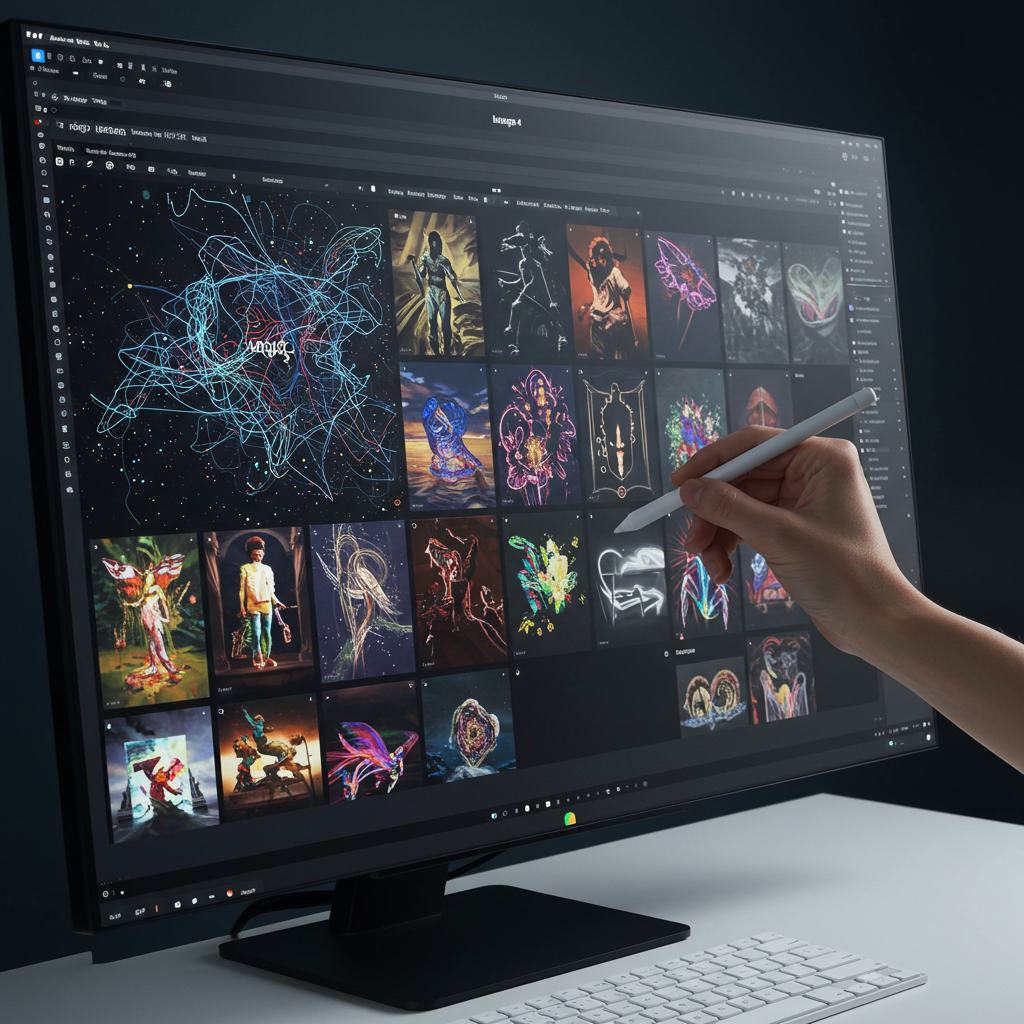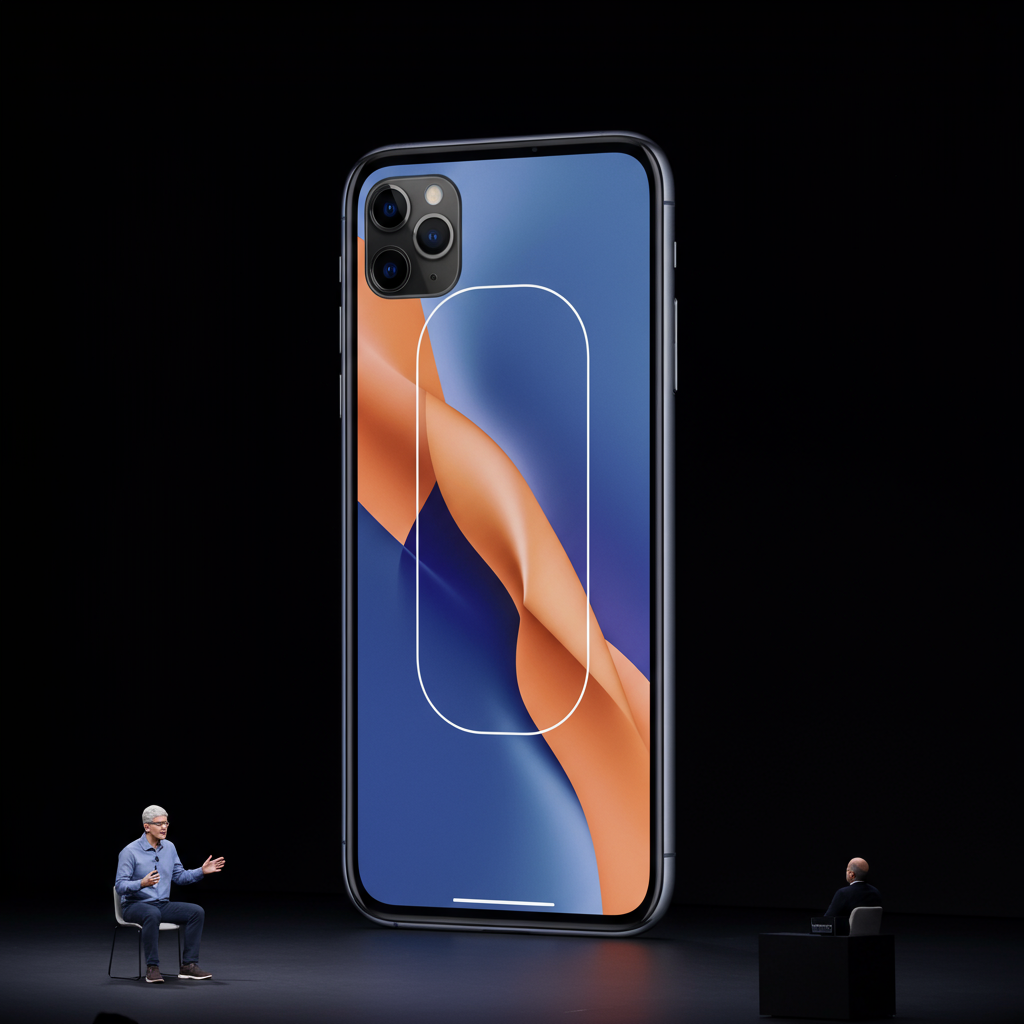Remember the frantic joy (or terror!) of caring for a digital creature? That iconic experience defined a generation. Now, Tamagotchi returns to modern consoles with Tamagotchi plaza, announced for both Nintendo Switch and the newer Switch 2. While the brand still holds a special place for many, this latest title falls short of capturing that classic magic. It offers a repetitive, often confusing experience that struggles to justify its price tag, regardless of your history with the charming digital pets.
This review delves into whether Tamagotchi Plaza delivers a worthwhile experience on either Nintendo platform. We’ll explore its core gameplay loop, analyze its frustrating design choices, and determine if nostalgia alone is enough to make this town worth visiting.
What is Tamagotchi Plaza About?
The game drops you into Tamahiko Town. Your main objective is surprisingly grand: convince the Tamagotchi King to host the prestigious Tamagotchi Fest in your humble locale. After setting up a profile with your name and birthday, you select a familiar Tamagotchi character to act as your in-game avatar. This avatar then navigates the town, visiting various shops and offering assistance.
Your role involves helping shop owners succeed. By completing tasks at different establishments, you earn money and reputation for Tamahiko Town. The idea is that a prosperous town stands a better chance of winning the coveted festival bid. Periodically, the Tamagotchi Prince visits to check on progress and offer encouragement. It sounds like a charming setup, focused on community building and achievement. However, the path to achieving this goal is paved with tedious and often inexplicable mini-games.
The Repetitive Core Gameplay Loop
At its heart, Tamagotchi Plaza is a collection of mini-games tied together by the town management goal. There are about a dozen different shops to visit, each offering a unique activity. You might be making sushi, assembling glasses, or working in a manga studio. Completing these mini-games is the primary way you interact with the world and earn the resources needed to advance.
players spend most of their time cycling through these shops, replaying the same activities repeatedly. While variety in tasks exists across different shops, the experience within each mini-game quickly becomes predictable. This repetition is the main engine driving the game, and unfortunately, it sputters early on. The lack of depth means tasks feel less like engaging challenges and more like simple chores needed to grind for progress.
Frustrating Design Choices Hurt the Experience
Two significant design flaws severely undermine the potential enjoyment of Tamagotchi Plaza. These issues impact player motivation and make the central objective feel like an insurmountable slog rather than an engaging quest.
Missing Mini-Game Tutorials
Perhaps the most baffling omission is the complete lack of tutorials for the mini-games. When you enter a shop for the first time, you’re given the task but no instructions on how to perform it. There might be a vague hint or some feedback after you’ve already started fumbling through it, but clear guidance is absent.
Specific tasks like the sushi restaurant, the glasses assembly, or the manga drawing mini-games desperately need explanations. Players are left to figure out the mechanics through trial and error. This isn’t just frustrating; it actively pushes players away, especially the younger audience that this game might otherwise appeal to. Learning a new mini-game shouldn’t be a puzzle in itself.
Unrewarding Performance
Another peculiar choice is how the game handles performance in mini-games. You receive a star rating (one, two, or three stars) based on how well you did. However, this rating has no impact on the monetary reward. Whether you earn a perfect three-star score or a dismal one-star, you receive the same amount of coins (typically 30 to 60).
It’s almost comedic to receive a light scolding from a shop owner or customer for doing a poor job, only to still charge them the full amount and receive max coins. This disconnect between performance and reward removes any incentive to improve or aim for perfect scores. The only benefit of high ratings is unlocking the ability to spend your accumulated coins on upgrading that specific shop, which feels like a secondary goal buried under the main one.
Town Management and Collection
From your home base, which resembles a mayoral office, you can perform a few administrative tasks. Here, you can change your Tamagotchi avatar if you’ve unlocked others. You can also spend resources to upgrade the four central park spaces in Tamahiko Town, visually improving the area but offering little practical gameplay impact.
The home base also lets you check on the town’s progress toward hosting the Tamagotchi Fest. As the original reviewer noted, this meter increases at a “snail’s pace.” This glacial progress makes the repetitive mini-games feel even more tedious. You feel like you’re running in place despite putting in the work.
The game mentions you can “collect” over 100 different Tamagotchi characters. When you encounter a new one in town, they appear in a journal. The journal features updated photos as you interact with them, but “interaction” is used loosely. These collected Tamagotchi rarely offer dialogue or meaningful reactions. Their primary function seems to be simply appearing in town or serving as potential avatar options. The excitement of seeing familiar faces from past games, like Tamagotchi Connection: Corner Shop on Nintendo DS, is fleeting when they offer no real engagement.
Technical Performance and Presentation
One positive aspect highlighted is the game’s technical performance. On the newer Switch 2 hardware, Tamagotchi Plaza runs smoothly. There were no noticeable issues like frame rate drops or major glitches during gameplay. A tiny bit of pop-in was observed, but nothing significant enough to disrupt the experience.
The game offers local co-op for a couple of the mini-games. This provides a brief opportunity for shared play, although the quality of the mini-games themselves limits the fun. The sushi restaurant game specifically forces players to use the Joy-Con 2 in its mouse mode. While perhaps thematic, this control scheme was found to be a “fairly miserable affair.”
Visually, Tamagotchi Plaza embraces a colorful, cutesy aesthetic that aligns with the brand. The characters and town are vibrant and quirky. However, the audio design is less successful. The sound effects, while aiming for cuteness, can quickly become grating due to their repetitive nature and high pitch. For some players, the sound might become more annoying than the mini-games themselves.
Target Audience and Overall Recommendation
Given the simple mechanics, one might assume Tamagotchi Plaza targets younger players. However, the significant omission of mini-game tutorials contradicts this. A younger child would likely become frustrated quickly when presented with tasks they don’t understand how to complete. Older players driven by nostalgia will likely find the shallow gameplay loop and lack of meaningful progression disappointing.
Comparing it to previous Tamagotchi spin-offs, like the Corner Shop series on Nintendo DS, is telling. Those games managed to integrate mini-games with more charm and a clearer sense of progression or purpose related to running a specific shop. Tamagotchi Plaza‘s attempt to tie everything to a distant town festival goal feels less focused and less rewarding.
Ultimately, Tamagotchi Plaza on both Switch and Switch 2 is difficult to recommend. Its few redeeming qualities, like its bright visuals and solid technical performance, are overshadowed by fundamental gameplay issues. The mini-games are often boring, repetitive, or confusing. The reward system is broken, and overall progression is painfully slow. Nostalgia alone cannot sustain enjoyment for long; the core experience is thin and unengaging within the first half hour of play.
Frequently Asked Questions
Why does Tamagotchi Plaza lack mini-game tutorials?
The game design inexplicably omits instructions for its mini-games. Players are expected to learn how to play by trial and error, receiving only minimal feedback during or after their attempt. This design choice makes activities, such as the sushi or glasses mini-games, difficult to understand and master, potentially frustrating players of all ages.
How quickly can players progress in Tamagotchi Plaza?
Progress towards the main goal of hosting the Tamagotchi Fest is very slow. The game’s meter showing the town’s chances increases at a “snail’s pace,” making the core objective feel distant and unrewarding. This slow progression, combined with repetitive mini-games, can make the overall experience feel like a tedious grind with little sense of momentum.
Is Tamagotchi Plaza recommended for Nintendo Switch or Switch 2 players?
Based on its repetitive and often confusing mini-games, unrewarding gameplay loop, and slow progression, Tamagotchi Plaza is not recommended. Despite solid technical performance on Switch 2 and charming visuals, the core experience lacks depth and engagement. Players seeking a fulfilling mini-game collection or virtual pet experience will likely find this title disappointing.
Conclusion
Tamagotchi Plaza arrives on Nintendo Switch and Switch 2 with the promise of bringing the beloved digital pets to a new format. While its colorful presentation and quirky characters capture some of the brand’s charm, the underlying game fails to deliver a compelling experience. The collection of mini-games is shallow, repetitive, and frustratingly lacks basic tutorials. The progression system is slow, and the absence of meaningful rewards for performance saps motivation. Even solid performance on the newer Switch 2 and local co-op options cannot overcome these fundamental design flaws. This plaza offers little reason to visit for either nostalgic fans or new players.




